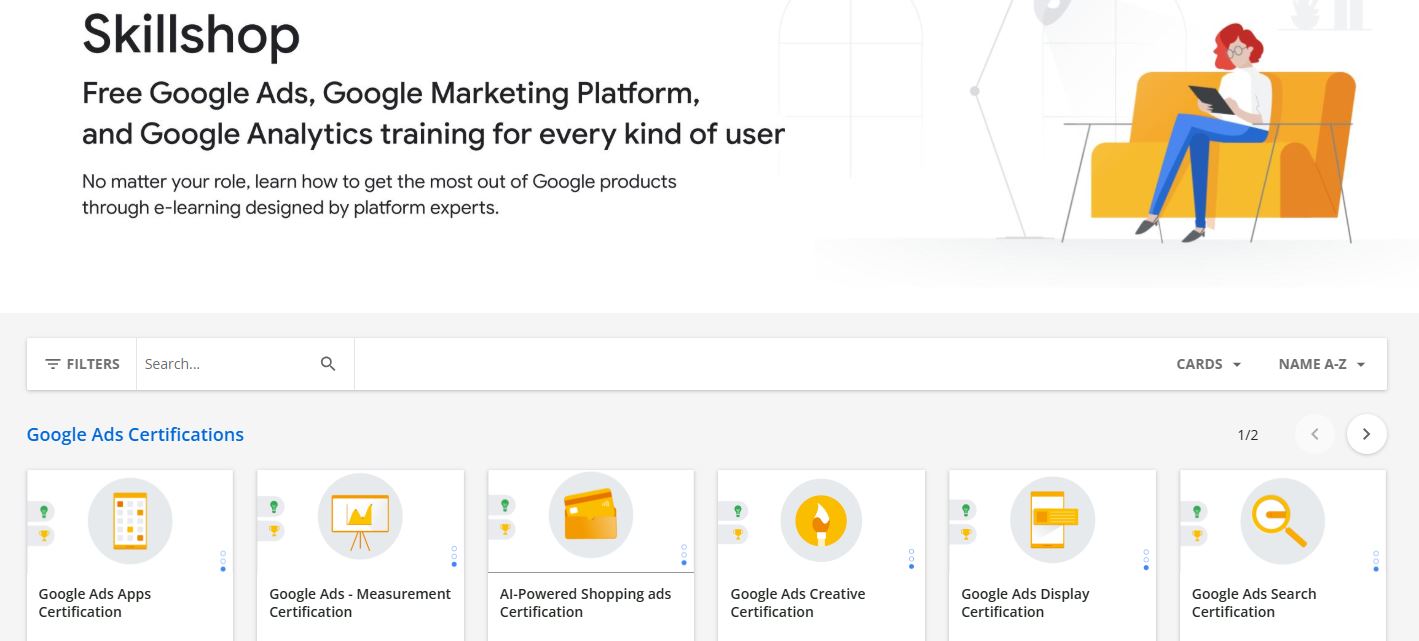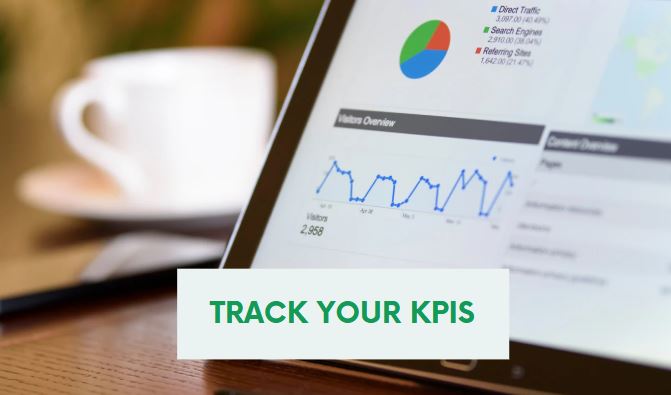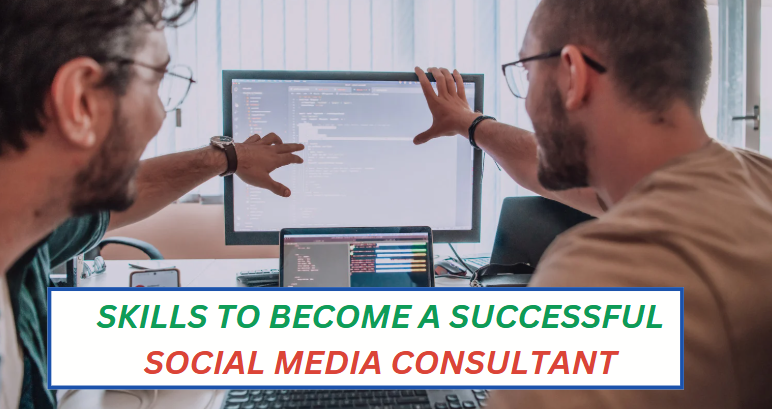Becoming a social media influencer is easy and difficult at the same time. Easy, because you have all the tools and knowledge to get into the industry. Difficult because a low barrier to entry usually means higher competition. So, you need a well-thought-out strategy to build your following fast, share content that resonates with your audience, and monetize your influence the right way. In this post, you’ll learn the step-by-step process of becoming a social media influencer, from picking the right niche to monetizing your presence. Let’s dive in.
Understanding the Influencer Landscape
The influencer marketing industry is booming and is expected to reach over $32 billion in 2025. In 2024, it was around $24 billion. What does this growth trajectory mean? Influencers and brands are partnering up to grow together. So, if you’re thinking about becoming an influencer but aren’t yet sure if it’s the right path in terms of growth, this should be your cue.
Types of Influencers
While it may not be the best way to categorize them, influencers are of different types based on the number of followers. These include:
- Nano-influencers: 1,000–10,000 followers
- Micro-influencers: 10,000–100,000 followers
- Mid-tier influencers: 100,000–500,000 followers
- Macro-influencers: 500,000–1 million followers
- Mega-influencers: Over 1 million followers
Note that the smaller the audience size of an influencer, the more engaging their followers tend to be. The right influencer would depend on who you’re trying to reach. If a brand’s target is niche-based, a nano-influencer or micro-influencer is its best business partner.
Platform Preferences
Choosing the right social media platform is crucial when you’re trying to decide the best way forward. Instagram is a great option, with 57.1% of marketers using it to partner up with creators.
You May Also Like: How to Become a Google Ads Expert
Identifying Your Niche and Audience
Success as a social media influencer starts with niche selection. This could be survival, healthy living, online business, work from home, or anything that’s interesting to you and/or has a demand.
Once you know the topic or niche you want to focus on, it’s time to understand your target audience:
- Demographics: Age, gender, location
- Interests: What are they interested in?
- Challenges: What challenges can you help them solve?
Understanding your audience helps you create the type of content that resonates with them and build a following quickly.
Building Your Personal Brand
Your personal brand is what brands will invest in. Start thinking like an influencer from the beginning. Here are the three most important aspects of building a personal brand:
- Consistency: Use the same profile picture, color theme, content style, and tone across all platforms. And, stay consistent with content creation
- Authenticity: Share genuine experiences with your audience and connect with them
- Value: Share content that’s valuable, educational, and inspires your audience
Create High-Quality Content
In social media marketing, creating consistent, high-quality content isn’t an option. It’s part of the game. If you want people to notice and trust you, you need to put yourself out there consistently.
Related: What Does Social Media Optimization Mean
Plan Ahead
Don’t just share a post when you feel like it. Algorithms don’t like that. Your audience doesn’t like that.
Plan your content strategy and create a calendar to map out what you’ll post each day, week, or month. This helps you stay organized and consistent.
Invest in Tools
To stay consistent with your content posting and understanding how your content is performing, consider investing in a social media tool like Later or Hootsuite. Apps like Canva, ChatGPT, and Snapseed can help you create social media content easily and cost-effectively.
Growing Your Follower Base
Building a real audience that stays with you for a long time isn’t an overnight task. It required consistent effort in the right direction. Here’s how you speed it up:
Collaborate with Others
In every industry, there are people who’re either at the same stage as you or are a step ahead. You want to stay close to them, watch their every move, learn from their mistakes, and identify what’s working for them. More importantly, work with them even if they’re your competitors. For example, you can create an Instagram Reel in collaboration with an influencer in your niche. This way, you get to reach their followers and they yours.
Use Hashtags Smartly
Hashtags might not be as important as they used to be. But smart use of hashtags can help you reach the right audience. Use a mix of general and niche hashtags to get the most out of them.
Monetizing Your Influence
Once you’ve gained a sizable audience, say 5000, it’s time to think about monetizing it. This can be done in a variety of ways, including brand deals, selling digital products, and promoting affiliate products. Brand deals typically involve you sharing a post for a brand in exchange for a benefit (Mostly monetary). You can also sell a digital product such as an ebook, a course, or a design template. Lastly, affiliate marketing is when you sell a product (Digital or physical) in exchange for a pre-decided commission.
Related: How to Find a Marketing Job
Frequently Asked Questions
Let’s address some frequently asked questions related to becoming a social media influencer.
Do Social Media Influencers Get Paid?
Yes, but not necessarily from the platform they have an audience on. For instance, Instagram doesn’t pay influencers, but you can partner with brands to earn a good amount.
Is It Hard to Become a Social Media Influencer?
Cracking the social media growth code can be tricky at first, but when you know what works, building a following is just a matter of time and effort.
How Many Followers Do You Need to Become an Influencer?
There are different types of influencers based on the follower size. Even 1000 high-quality followers are enough to make you an influencer in some niches.
Conclusion
As you can see, the path to becoming a social media influencer isn’t as difficult as it is rewarding. Start by picking the right platform, stick to a niche to make yourself stand out, and keep creating inspirational content to attract more people to your digital community. As soon as you have a decent following, you can monetize it however you want. Popular strategies are brand deals, affiliate marketing, digital products, and e-commerce.
References:
- https://www.businessinsider.com/influencer-economy-boomed-250b-industry-small-creators-feel-pushed-out-2024-11
- https://www.curemedia.com/why-microinfluencers-usually-get-more-engagement/
- https://sproutsocial.com/insights/social-media-statistics/
- https://www.dash.app/blog/influencer-marketing-statistics
- https://www.shopify.com/blog/influencer-pricing



















